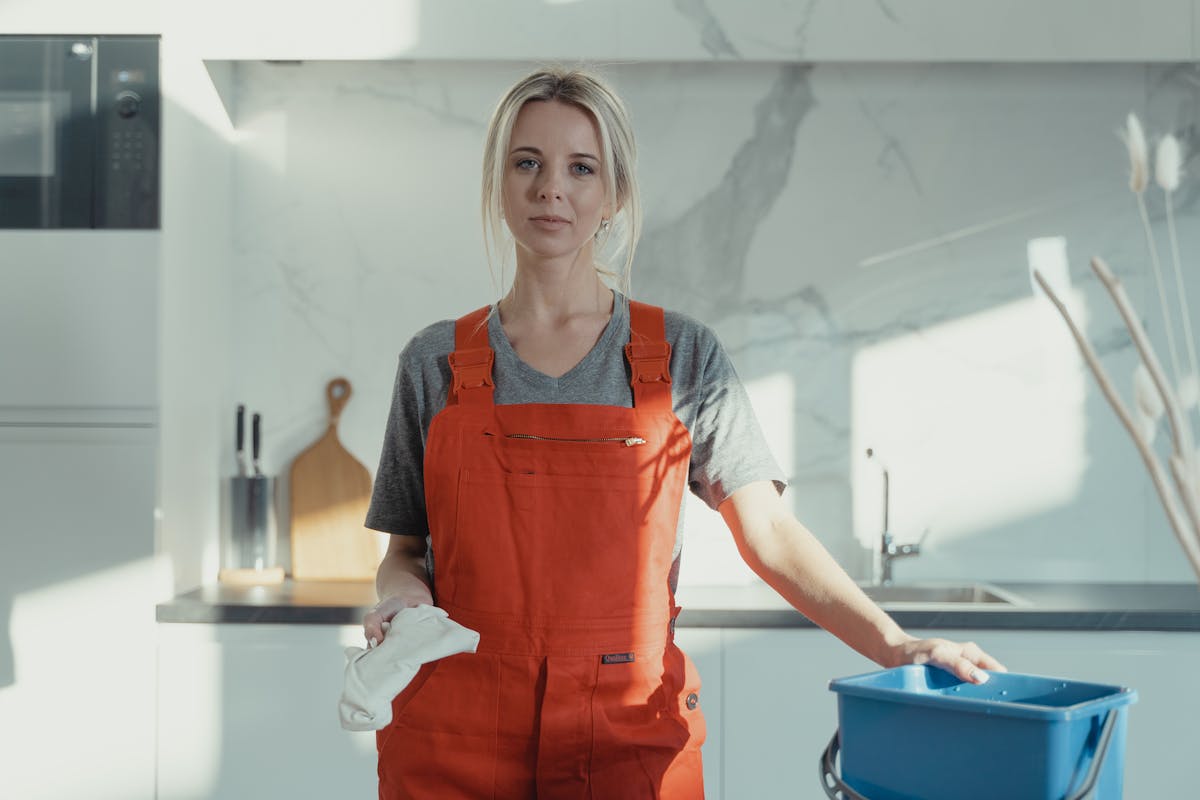
How to Remove Sticker Glue from Plastic? Here Are Some Tips.
As if it's not hard enough to remove stickers from purchased items, we’re left with the sticky residue that remains once we finally peel them off.
It's especially challenging when cleaning plastic surfaces, as they can easily get scratched or damaged during the cleaning process.
Fortunately, there are several effective methods for removing glue from plastic using household items you likely already have. In this article, we’ll explore the most effective ways to solve this everyday problem without damaging your plastic items - according to N1.
Causes of Sticky Residue on Plastic
Before diving into solutions, it's helpful to understand why sticker residue is so persistent, especially on plastic. Most commercial stickers use acrylic or rubber-based adhesives designed to cling tightly to surfaces. When you remove the sticker, the sticky substance often stays behind due to:
The age of the sticker (the longer it’s on the surface, the harder it is to remove)
The quality of the adhesive used
Exposure to sun or heat that can "bake" the glue into the surface
The porosity of the plastic, which can absorb some of the adhesive
Homemade Solutions for Removing Glue from Plastic
Cooking Oil and Mayonnaise
One of the simplest and safest methods for removing sticky residue from plastic is using cooking oils you already have at home.
How to apply:
Apply a small amount of oil (olive, sunflower, or any vegetable oil) directly onto the sticky spot
Let it sit for 15–30 minutes
Gently wipe with a soft cloth
Repeat if necessary
Mayonnaise is particularly effective because it contains both oil and vinegar, which help break down glue. Apply a thick layer of mayo over the sticky area, leave it for 30 minutes, then wipe off with a damp cloth. This method went viral on social media, and many users confirm its effectiveness.
Alcohol and Alcohol-Based Products
Isopropyl or rubbing alcohol is great for dissolving adhesives. This method works well for smaller surfaces:
Saturate a cotton ball or cloth with alcohol
Press it onto the sticky area and hold for a few minutes
Gently wipe or scrape the glue
Rinse the surface with water
Hand sanitizers containing alcohol can also be used as an alternative.
Heat as an Aid
Before using any chemical agents, try applying heat:
Use a hairdryer set to medium heat
Aim the warm air at the sticker or sticky residue for about 30 seconds
While the area is still warm, try removing the glue with a cloth or your nail
Heat softens the adhesive and makes it easier to remove. However, be cautious with the temperature—some plastics can warp under high heat.
Baking Soda and Oil
A mixture of baking soda and oil creates a gentle abrasive paste that can effectively remove sticky residue:
Mix equal parts of baking soda and vegetable oil
Apply the paste to the sticky area
Leave it for 10–15 minutes
Gently scrub with a soft cloth in circular motions
Rinse with warm water and dish soap
Commercial Adhesive Removers
If homemade methods are not enough, there are specialized commercial products:
Citrus-Based Products
Adhesive removers containing d-limonene (a citrus peel extract) are very effective at breaking down glue. These are typically spray-based and safe for most plastic surfaces.
WD-40
This multi-purpose spray can be very effective for removing sticky residue:
Spray a small amount of WD-40 on the sticky area
Let it sit for 5–10 minutes
Wipe off with a clean cloth
Wash the surface with soapy water to remove any WD-40 residue
Acetone and Thinners
While effective, these should be used cautiously as they can damage some types of plastic. Always test on an inconspicuous area before applying to a visible surface.
Methods for Different Types of Plastic
Different plastic types may require specific approaches:
Clear Plastics (acrylic, plexiglass)
These are especially delicate and can scratch or cloud easily. Use:
Mild methods like oil
Avoid acetone and abrasive agents
Use microfiber cloths instead of sponges
Hard Plastics (PP, PE)
Harder plastics can withstand slightly harsher methods:
Alcohol
Heat
Commercial adhesive removers
Colored Plastic Surfaces
For colored plastics or those with printed designs:
Avoid abrasives that can strip color
Test all agents on an inconspicuous area
Primarily use oil-based methods
Tips for Successfully Removing Glue Without Damaging Plastic
Surface Preparation
Before you begin glue removal:
Clean the surface of dust and dirt
Remove as much of the paper sticker as possible
Identify the plastic type if possible (often marked with a recycling symbol)
Proper Rubbing Technique
The way you scrub the surface makes a difference:
Rub gently in circular motions
Avoid metal tools and abrasive sponges
Use soft cloths, cotton swabs, or microfiber fabrics
Testing in an Inconspicuous Area
Always test your chosen method on a small, hidden spot to ensure it won’t damage the plastic. This is especially important for colored or antique items.
What to Avoid When Removing Glue from Plastic
Some actions can do more harm than good:
Sharp objects like knives or razor blades that can scratch plastic
Harsh chemicals on delicate plastics
Very hot water or a hairdryer on high heat, which can deform plastic
Excessive scrubbing that can damage the surface
Practical Examples of Glue Removal from Everyday Plastic Items
Plastic Food Containers
For these items, it's safest to use oil or mayonnaise, especially if used for food storage.
Plastic Eyeglass Frames
Eyeglass frames require special care. Use alcohol on a cotton swab and rub gently. Avoid acetone, which may damage the frame material.
Plastic Toys
For children’s toys, natural methods like oil or baking soda paste are safest, as they are non-toxic and leave no harmful residue.
Plastic Parts of Electronic Devices
Be extremely careful with electronics. Use alcohol sparingly on a cloth (never directly on the device) and avoid letting liquid get into any openings.
Removing sticker glue from plastic can be simple if you use the right methods and tools. For most everyday situations, cooking oil, mayonnaise, or alcohol will solve the problem without damaging your plastic.
If the glue is particularly stubborn, it’s better to patiently repeat gentler methods than to risk damaging the item with harsher ones. Remember, patience is key to removing glue successfully without harming the plastic surface underneath.
To keep plastic surfaces sticker-free in the future, consider using protective coatings or oil-based products that can make future sticker removal easier.





